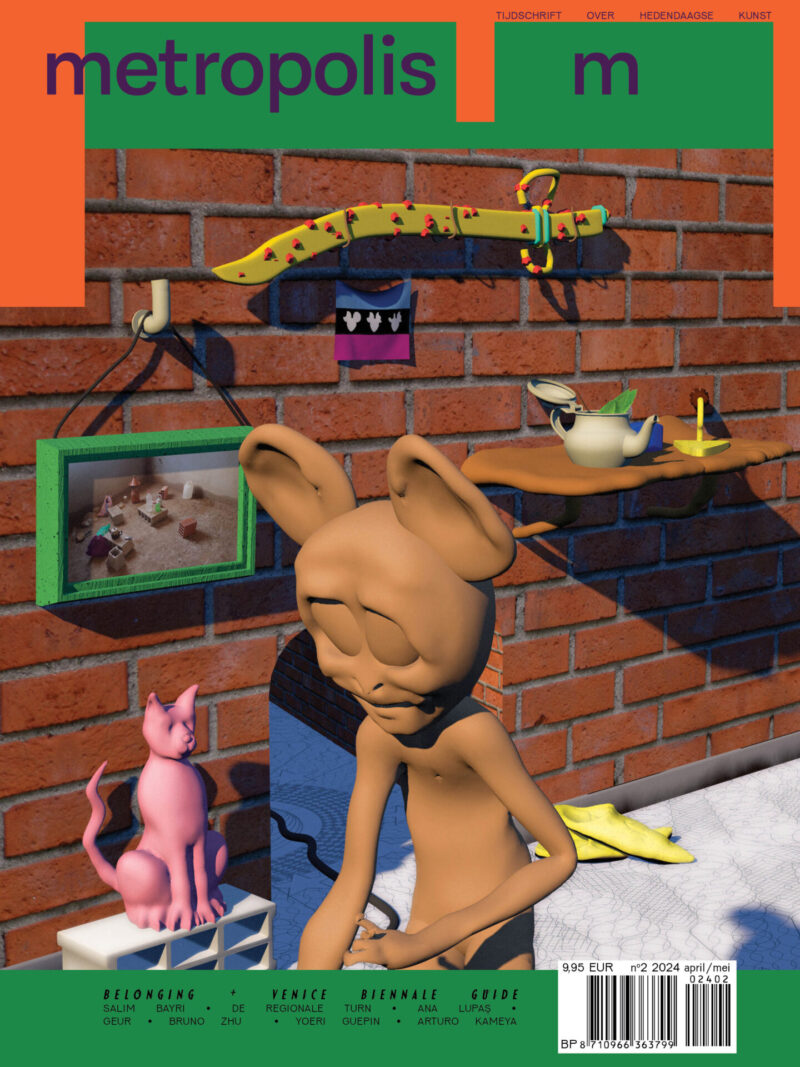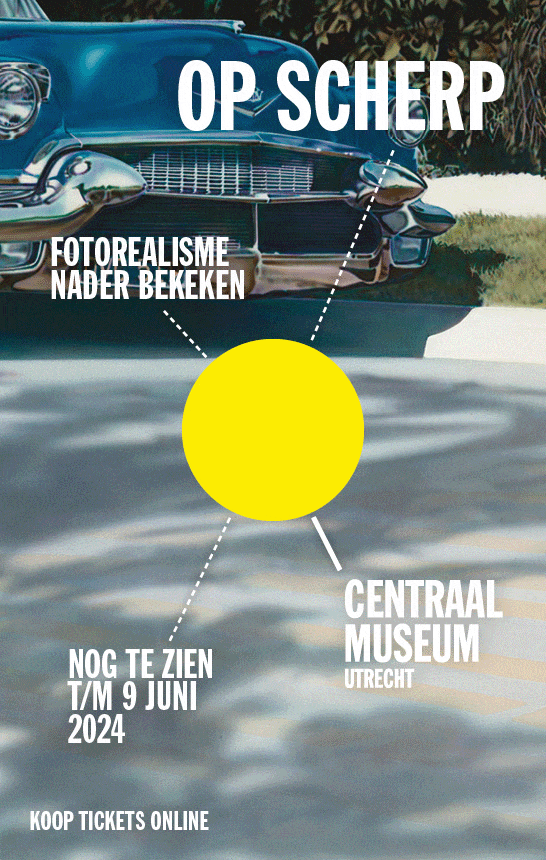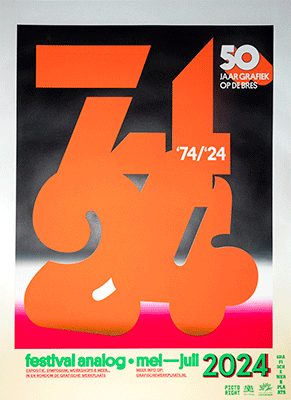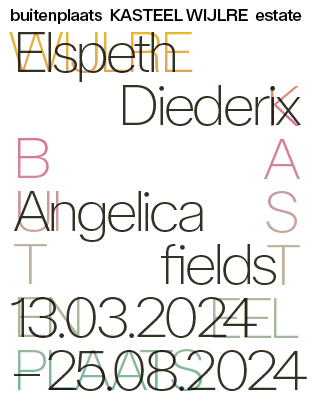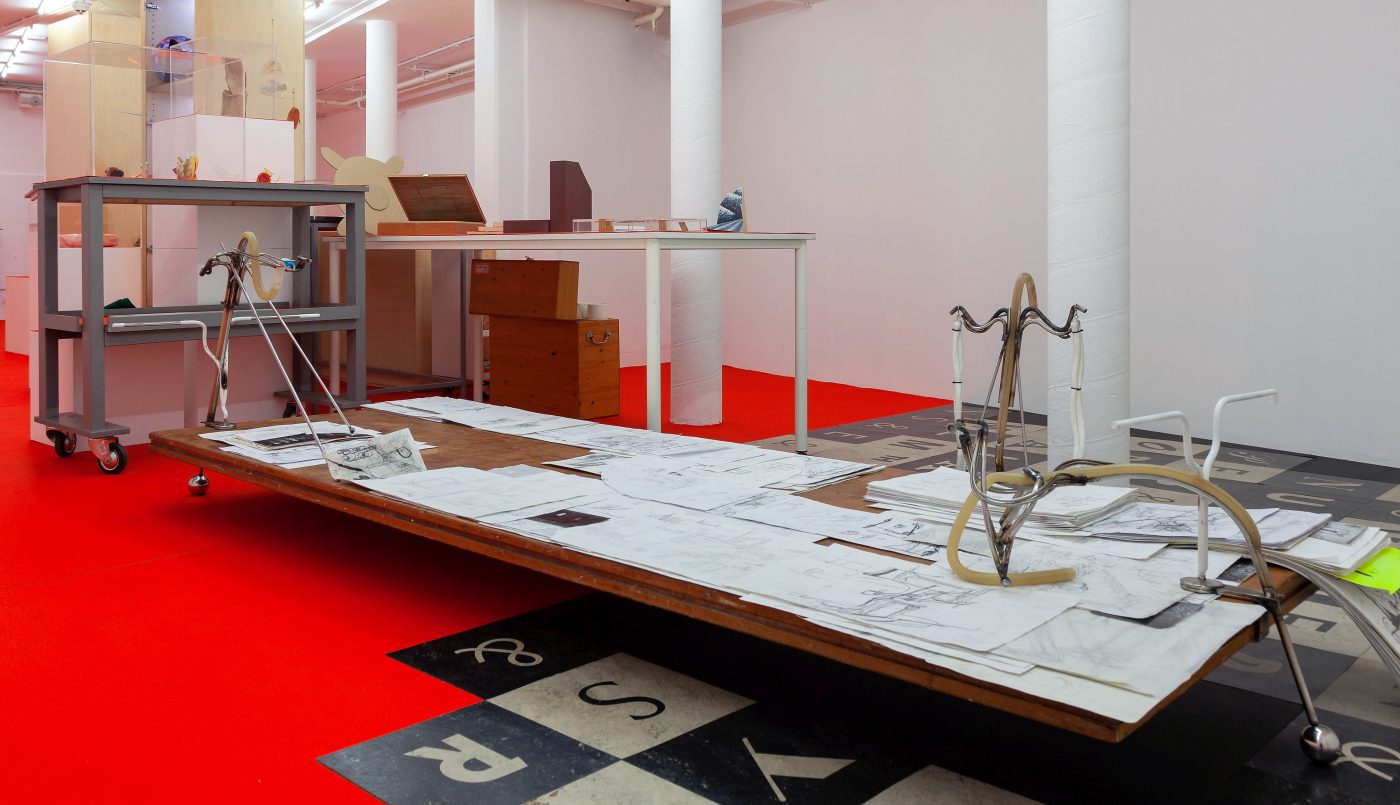
Installation shot, Landscape with Bear, De Appel
The productivity of eccentricity – talking to the participants of De Appel CP about Landscape with Bear
Randomness and instability form the foundation of the exhibition Landscape with Bear, convened by participants of De Appel’s Curatorial Programme. It centres around a part of De Appel’s archive which consists of various non-categorized objects: Collection (Unintented).
The archive of De Appel houses a collection of objects known as “Collection (Unintented)”. It consists of various objects that seem to defy categorization – leftovers, artworks, props or simply unidentifiable objects. Taking the randomness of this collection as a starting point, the participants of this year’s Curatorial Programme have made an exhibition that reflects upon how eccentricity and instability “can intervene in the regimes of knowledge production that always accompany practices of collection, categorisation and display.”
Why did you choose to title the exhibition Landscape with Bear?
The title had to be a commonly understood phrase or sentence that provoked both a clear image while also introducing uncertainty in the mind of the viewer. The idea of ‘scape’ was recurring in our discussions of the exhibition design. Scape both as the idea of bodily movement or immersion in space, and interwoven soundscapes which we conceived as a kind of stream or trail of narrative that the visitor navigates between. We settled on Landscape with Bear because it was, in a sense, a straightforward description of the exhibition (yes, there really is a bear!), though of course with a certain sense of levity and tongue-in-cheek.
Where does the idea to work with the Collection (Uninted) come from ?
We encountered the Collection (Unintended) in our very first week of the Curatorial Programme, when we were being introduced to the institution of De Appel and its history. It was mentioned by both, Nell Donkers, the Curator of the Archive, who described the unusual way in which it came to be part of the archive, and David Smeulders, the Curator of Education, for the role it plays in De Appel’s Kunstklassen school project. We were interested in working with the Collection to see if its eccentricity could be productive in intervening in the regimes of knowledge production that always accompany practices of collection, categorisation and display. The conditions of this Collection are fragmentary and unstable. We saw this not as a negative but as a potential as they create a new kind of access that avoids resolution and resists restrictive modes of relating to a collection and to the world.
Which new narratives did you find or write as you were placing and selecting the objects for the exhibition?
A number of the narratives that arose challenged the idea of the art object as something discrete or individual; it being authentic only to one moment, with a single author and an unwavering physical integrity. As we spent time with the collection, it became clear that there were some things that we could not treat as a single object. There were a number of possible ‘Frankenstein’s monsters’: several objects, or fragments of objects, that were put together in one box or envelope. It was unclear if they belonged together or had simply been stored that way through happenstance. Through a display that is clustered and heterogenous, the individual items seem to create something that is more than the sum of their parts. There is a vitality that arises from the associations and relationships between them. The work developed by Aram Lee also highlights the ongoing process of transformation of the objects in the collection. She instigated a performance using five objects that had previously served a role as props in performances. The resulting work From Props To Objects connects these objects across time periods, building further contextual layers and highlighting that an artwork is never final or complete, but always contingent and variable.
There were a number of possible ‘Frankenstein’s monsters’: objects, or fragments of objects, were put together in one box or envelope. It was unclear if they belonged together or had simply been stored that way through happenstance
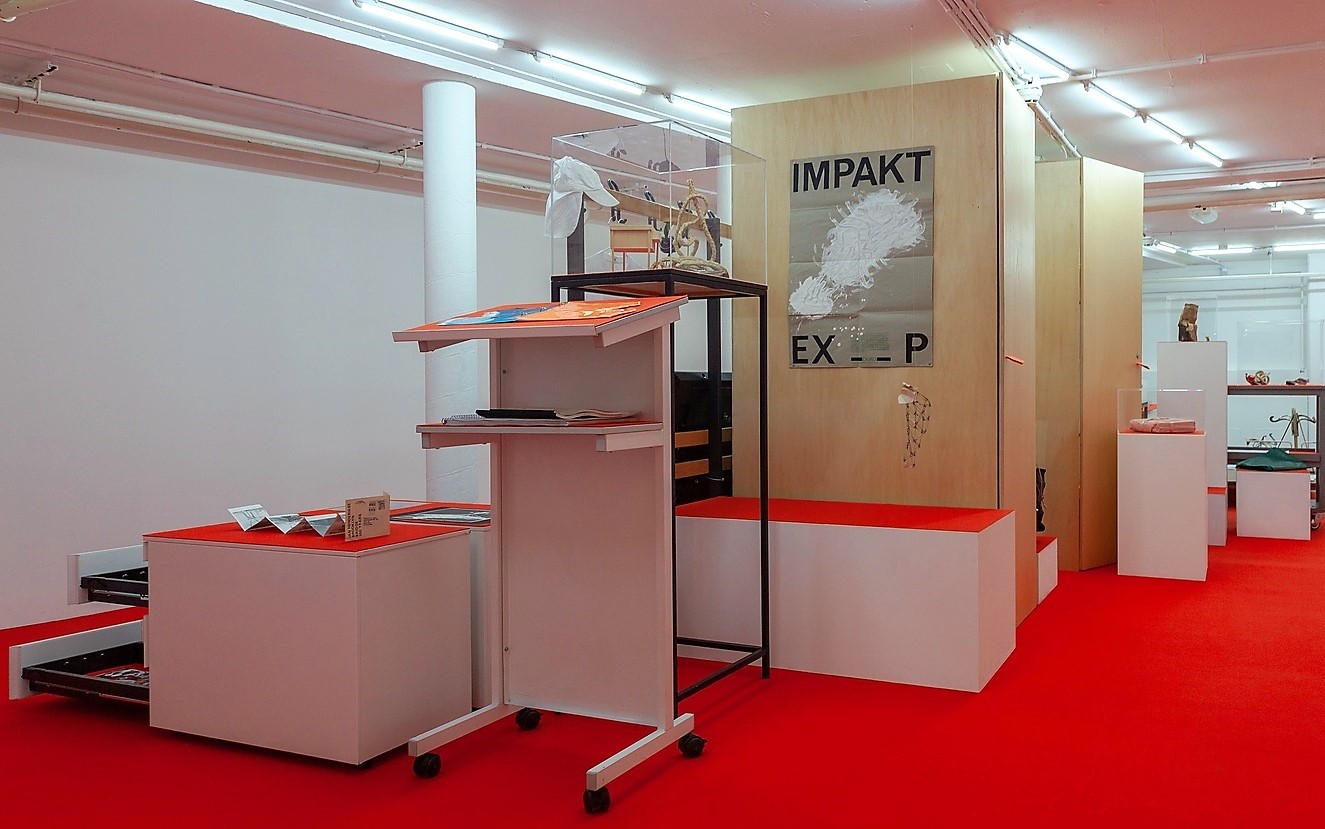
Installation shot, Landscape with Bear, De Appel
Will there be new works on view in addition to the objects from the archive, and if there will be, how will they be incorporated into the archive?
There are three new works that make up part of this project. In addition to the aforementioned performance conceived by Aram Lee with five performers, and which appears as a film in the exhibition, there is also DIDTHEYSTEPONYOURTRUMPET? by Jan Hüskes and Synthetic Types by Shen Xin. DIDTHEYSTEPONYOURTRUMPET? is a kind of abstract documentation of the process of the project. It takes the form of a low bench, layered with stacks of paper, with three distinct sculptural forms of steel and pipe, which are bent over the mountains of paper like curious spectators. Contained on the papers are sketches made by Hüskes throughout the course of several months of meetings with the project participants, these sketches make oblique reference to the discussions and ideas raised during these meetings. The final work, Synthetic Types, is not present within the exhibition space itself, but will take place in De Appel archive and be streamed live into the auditorium of Stedelijk Museum Amsterdam on 26 May. This performance, conceived by Shen Xin, questions several ‘experts’ on objects from the Collection, and relays their answers to an unseen cameraperson. However, the only languages spoken are Korean, Japanese and Russian, rendering their answers opaque to a large part of the audience. The work explores how knowledge around objects and identities is produced, and who is excluded from this. We do not know how these works will be incorporated into the archive. It is a foundational (and we think delightful) hallmark of the collection that its mode of acquisition is not intentional, so we will just have to wait and see.
How did you proceed a project like this? What was the starting point?
The process was extremely important for the project’s conception. In our initial planning stages we realized that the questions raised by the Collection (Unintended) exceeded the scope of our theoretical backgrounds in art history, moving into the realms of design, philosophy of material agency, and even archaeology. For this reason, we began by bringing together a group of people with different outlooks, expertise, knowledge, and diverse perspectives, to extend on the already collaborative nature of the De Appel Curatorial Programme. We did not wish to predetermine any public outcome, but instead build a process through collaboration with participants, and with the collection, which would guide the outcome. The result was that the group together developed the sounds, architecture, imagery and text that materialize throughout the project.
What did you take in consideration when selecting objects for the exhibition?
One distinctive feature of the objects that most drove our decision-making within the exhibition layout was the element of being on a threshold. Our goal was to include as close to the entire collection as possible within the exhibition but, the porous and shifting boundaries of the collection, and the realization that the collection is not just made up of objects, but also the decisions, actions, emotions, events, and bodies that helped shape it, meant we adjusted our objectives. There were certain objects that appeared to us to create a tension between different groupings, and thus resist categorization. Why were these kept? To what do they belong? And how do they speak individually and in concert? These are questions we hope this project can untangle.
Rather than being constrained by art historical categories and institutional frameworks, we want to establish a kind of access that is affective, and preserves a place for uncanny relations and unexpected associations between objects, histories and narratives
What will happen to the collection after the exhibition? Is it different when the project is over?
We hope that one of the central changes we make will be not to the collection itself, but to the ways in which people are able to access it. Rather than being constrained by art historical categories and institutional frameworks, we want to establish a kind of access that is affective, and preserves a place for uncanny relations and unexpected associations between objects, histories and narratives. Ultimately, this is a kind of access that allows us to approach this collection, and even the archive as a whole, as an active producer of knowledge. The collection is always changing; though, certainly, our attention has catalyzed further change – sometimes in unexpected ways. As we began to bring this collection (that hadn’t been taken out of their boxes for years) to light, the institution around us was also stirred into action: taking photographs, and adding things to databases on the De Appel website. This meant that a collection that had so far largely escaped categorization and taxonomies began to become more institutionalized in its cataloguing and research. This project has also changed the collection by adding to its content. In the most simple illustration of this, many of the notes we scribbled on post-it notes during meetings have been gathered together and slipped into envelopes alongside collection objects.
Considering that the Curatorial Program is also an educational project, could you tell me something about the most important lessons you’ve learned in the past six months?
It is a rare opportunity to be able to work side-by-side with other curators in a non-hierarchical way on the conception and delivery of a significant project, and the most important lessons we have learned have been about ways of working together to build shared understanding. We have had the good fortune to have workshops, studio visits and presentations with a huge number of accomplished and brilliant artists and curators but, more than that, we have been learning from each other at every moment. We each feel that we will take these skills in collaborative working into our future projects, and continue seeking means by which curating can be a collective act of knowledge production.
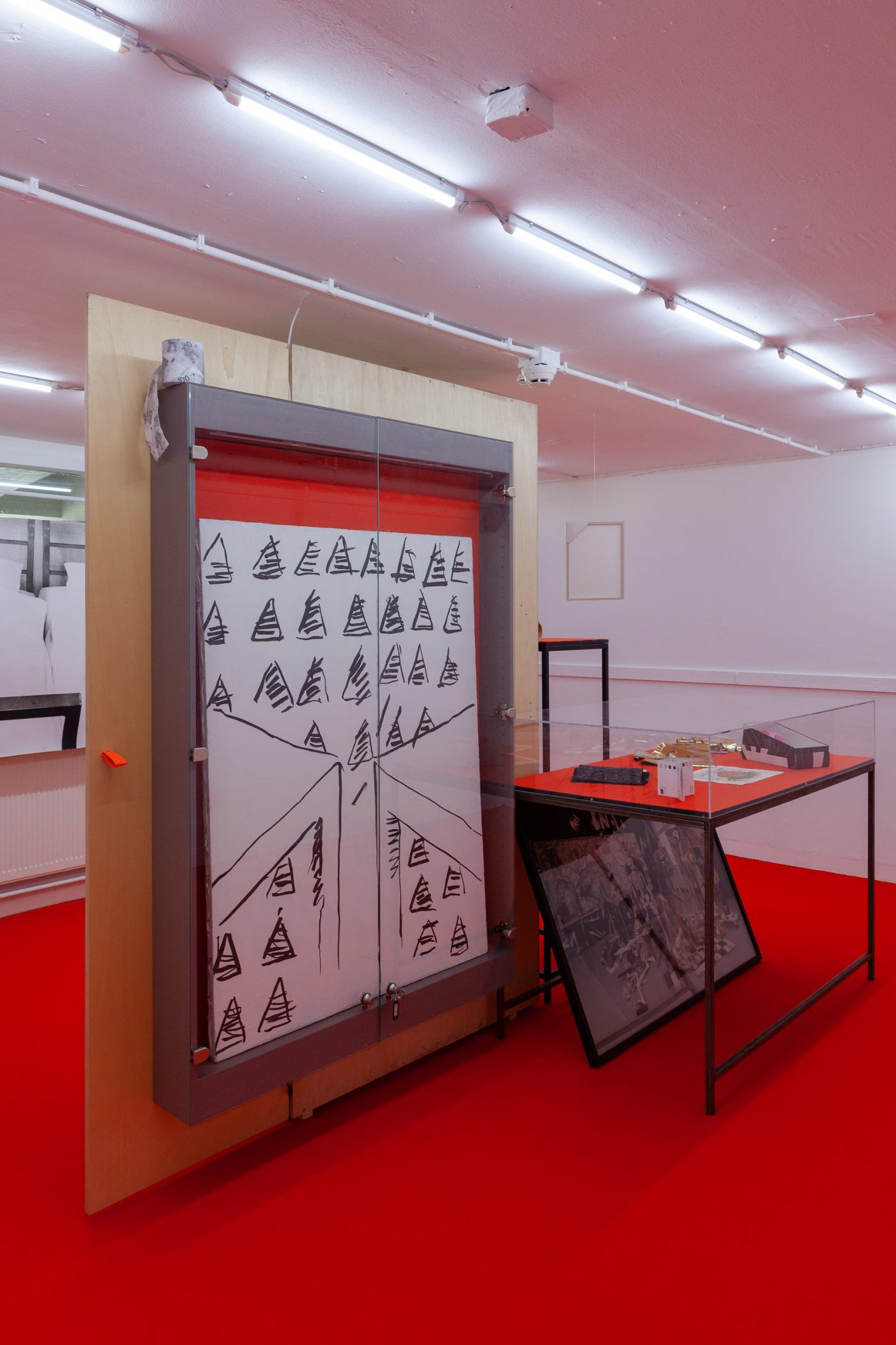
Installation shot, Landscape with Bear, De Appel
Photos: Konstantin Guz
Landscape with Bear, De Appel, Amsterdam, on show until 01.06.2019
Malou Koster
is registrar bij het Dordrechts Museum